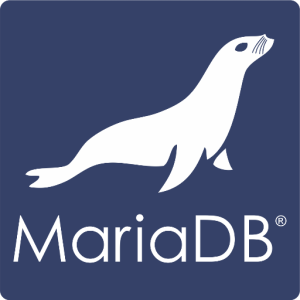
Installing MariaDB .deb
Installing MariaDB with APT Adding the MariaDB APT repository Using the MariaDB Package Repository Setup Script Using the MariaDB Repository Configuration Tool Executing add-apt-repository Creating a Source List File Using Ubuntu Software Center Using Synaptic Package Manager Pinning the MariaDB Repository to a Specific Minor Release Updating the MariaDB APT
